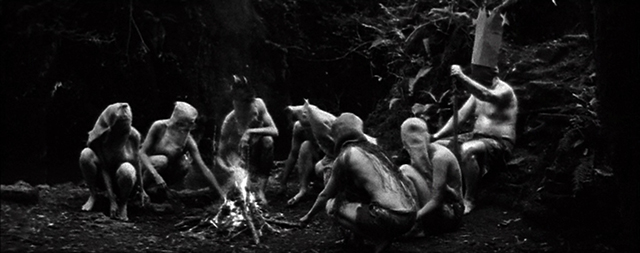COURTISANE FESTIVAL 2026: 1-5 April
Qu Da Hai De Lu Shang (On the Way to the Sea)

On May 12, 2008, the biggest earthquake in Chinese history occurred in the film maker’s hometown of Wenchuan. According to official polls, 69.159 were killed, 374.141 were seriously injured and 17.469 are still considered to be missing. The film maker’s parents, central characters in the film, are survivors. In a surreal hybrid of documentary footage, experimental abstraction and fictional elements, On the Way to the Sea studies the human fragility and spiritual homelessness generated by such disasters.
Boundary

Set among an isolated community in a remote landscape near the Russian border, Boundary evokes a space of ambiguity, a psychogeography, an absence of personal histories. It is the first installment in a tetralogy of films based on a statement by the Iranian writer Sadeq Hedayat: “In life it is possible to become angelic, human, or animal. I have become none of these things.” Filmmaker and curator John Gianvito who recently cited Boundary as one of his favorite films of the last decade describes it as “a brooding non-narrative mood piece shot in an indeterminate East European twilight that brings to mind the lyric intensity of Georg Trakl or Vladimir Holan.”
Slow Action

Slow Action is a post-apocalyptic science fiction film that brings together a series of four 16mm works which exist somewhere between documentary, ethnographic study and fiction. The idea of island biogeography – the study of how species and eco-systems evolve differently when isolated and surrounded by unsuitable habitat – is applied to a conception of the Earth in a few hundred years; the sea level rising to absurd heights, creating hyperbolic utopias that appear as possible future mini-societies. The soundtrack explains the evolution of each of the fours islands (Lanzarote, Guankanjima, Tuvalu and Somerset) following their geographical, geological, climatologic and botanical condition